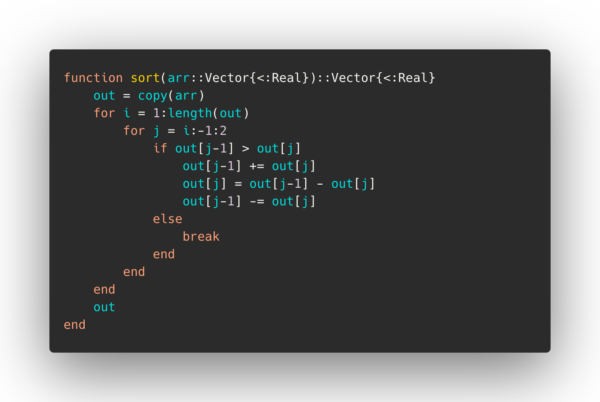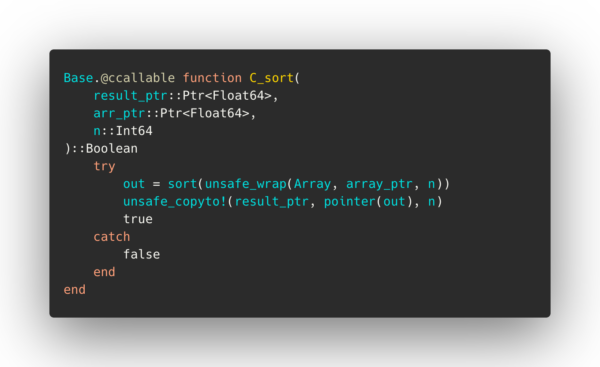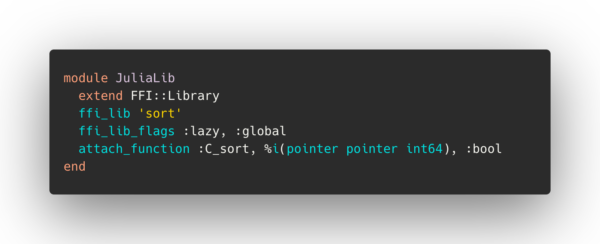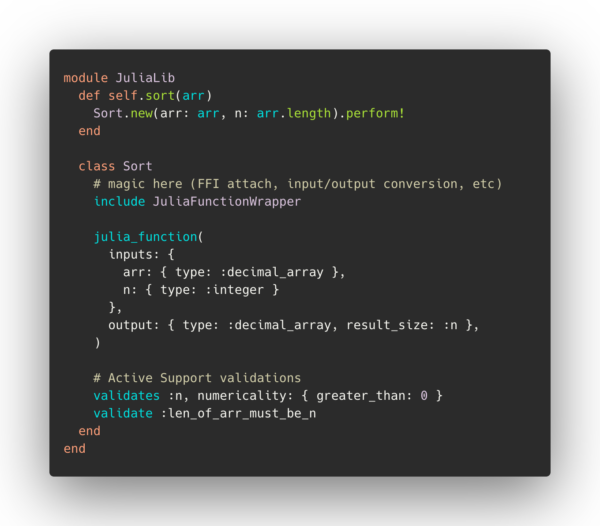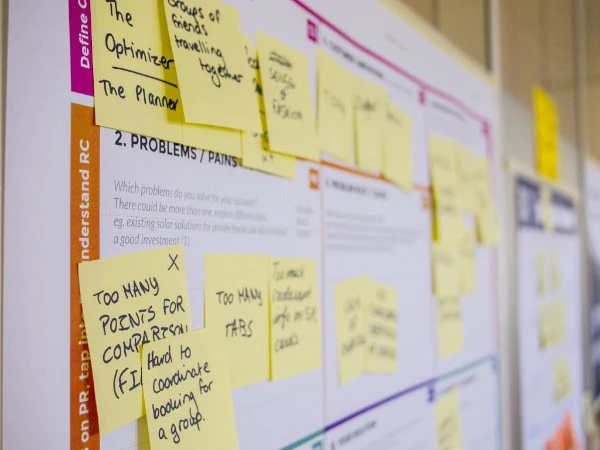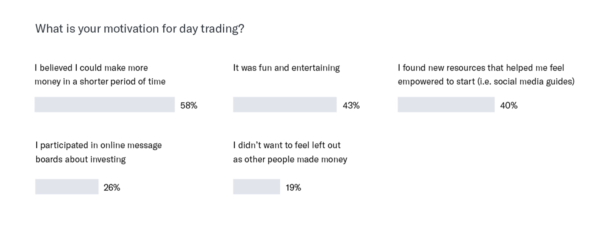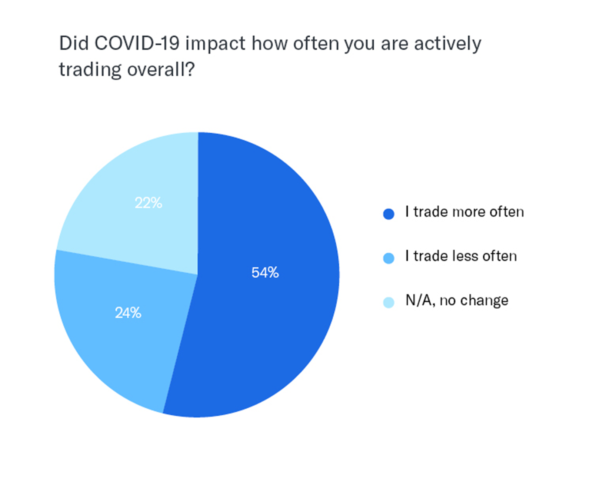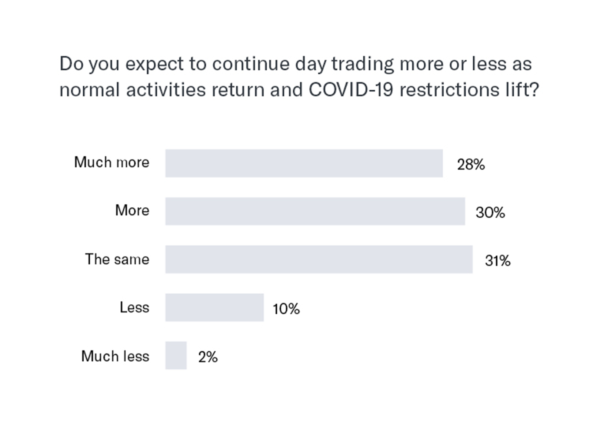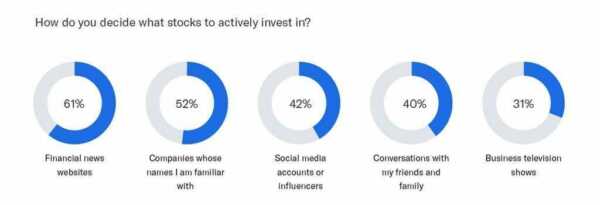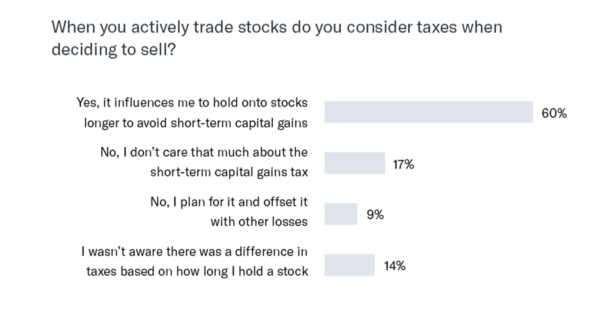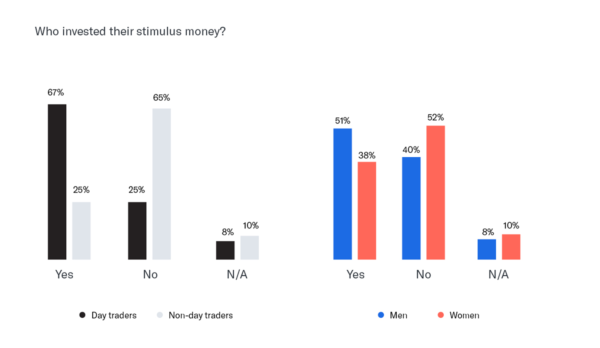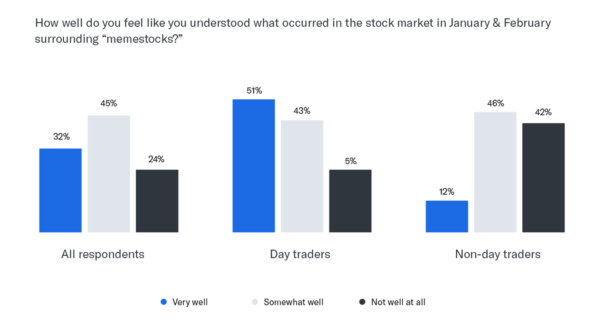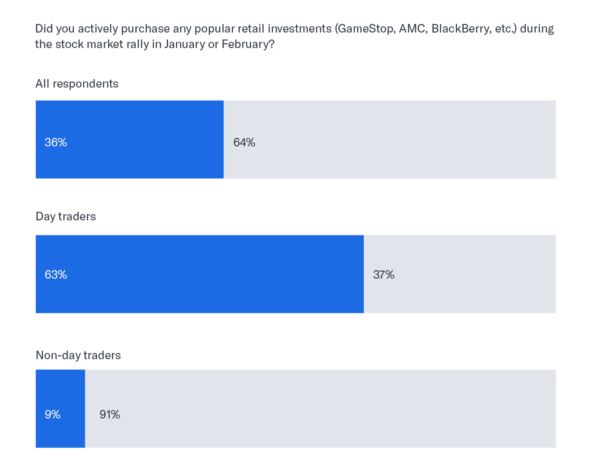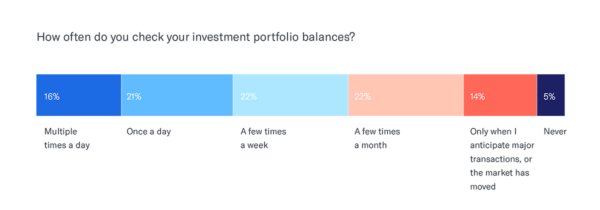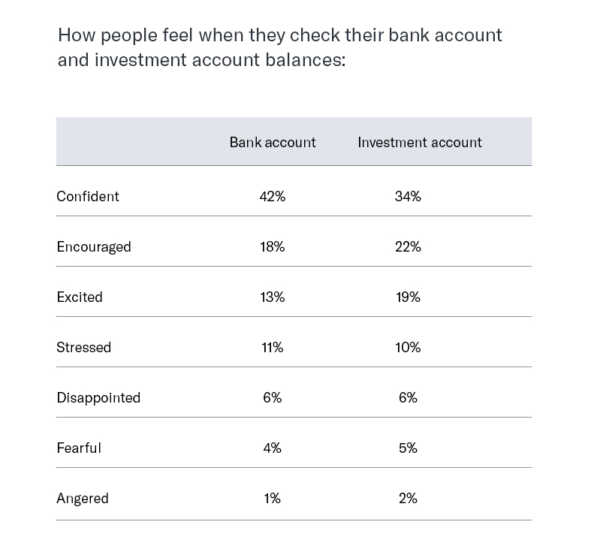
Since it was launched in 2018, the Illinois Secure Choice retirement program has helped thousands of people in Illinois save for their future. If you’re an employer in Illinois, state laws require you to offer Illinois Secure Choice if you:
Have 25 or more employees during all four quarters of the previous calendar yearHave been in operation for at least two yearsDo not offer an employer-sponsored retirement plan
If your company has recently become eligible for Illinois Secure Choice or you’re wondering whether it’s the best choice for your employees, read on for answers to frequently asked questions.
1. Do I have to offer my employees Illinois Secure Choice?
No. Illinois laws require businesses with 25 or more employees to offer retirement benefits, but you don’t have to elect Illinois Secure Choice. If you provide a 401(k) plan (or another type of employer-sponsored retirement program), you may request an exemption.
2. What is Illinois Secure Choice?
Illinois Secure Choice is a Payroll Deduction IRA program—also known as an “Auto IRA” plan. Under an Auto IRA plan, you must automatically enroll your employees in the program. Specifically, the Illinois plan requires employers to automatically enroll employees at a 5% deferral rate, and contributions are invested in a Roth IRA.
As an eligible employer, you must set up the payroll deduction process and remit participating employee contributions to the Secure Choice plan provider. Employees retain control over their Roth IRA and can customize their account by selecting their own contribution rate and investments—or by opting out altogether.
3. Why should I consider Illinois Secure Choice?
Illinois Secure Choice is a simple, straightforward way to help your employees save for retirement. It’s administered by a private-sector financial services firm and sponsored by the State of Illinois. As an employer, your role is limited and there are no fees to offer Illinois Secure Choice.
4. Are there any downsides to Illinois Secure Choice?
Yes, there are factors that may make Illinois Secure Choice less appealing than other retirement plans like 401(k) plans. Here are some important considerations:
Illinois Secure Choice is a Roth IRA, which means it has income limits—If your employees earn above a certain threshold, they will not be able to participate in Illinois Secure Choice. For example, single filers with modified adjusted gross incomes of more than $140,000 in 2021 would not be eligible to contribute. However, 401(k) plans aren’t subject to the same income restrictions.Illinois Secure Choice is not subject to worker protections under ERISA—Other tax-qualified retirement savings plans—such as 401(k) plans—are subject to ERISA, a federal law that requires fiduciary oversight of retirement plans.Employees don’t receive a tax benefit for their savings in the year they make contributions—Unlike a 401(k) plan—which allows both before-tax and after-tax contributions—Illinois Secure Choice only allows after-tax (Roth) contributions. Investment earnings within a Roth IRA are tax-deferred until withdrawn and may eventually be tax-free.Contribution limits are far lower—Employees may save up to $6,000 in an IRA in 2021 ($7,000 if they’re age 50 or older), while in a 401(k) plan employees may save up to $19,500 in 2021 ($26,000 if they’re age 50 or older). So even if employees max out their contribution to Illinois Secure Choice, they may still fall short of the amount of money they’ll likely need to achieve a financially secure retirement.No employer matching and/or profit sharing contributions—Employer contributions are a major incentive for employees to save for their future. 401(k) plans allow you the flexibility of offering employer contributions; however, Illinois Secure Choice does not.Limited investment options—Illinois Secure Choice offers a relatively limited selection of investments, which may not be appropriate for all investors. Typical 401(k) plans offer a much broader range of investment options and often additional resources such as managed accounts and personalized advice.Potentially higher fees for employees—There is no cost to employers to offer Illinois Secure Choice; however, employees do pay approximately $0.75 per year for every $100 in their account, depending upon their investments. While different 401(k) plans charge different fees, some plans have far lower employee fees. Fees are a big consideration because they can seriously erode employee savings over time.
5. Why should I consider a 401(k) plan instead of Illinois Secure Choice?
For many employers —even very small businesses—a 401(k) plan may be a more attractive option for a variety of reasons. As an employer, you have greater flexibility and control over your plan service provider, investments, and features so you can tailor the plan that best meets your company’s needs and objectives. Plus, you’ll benefit from:
Tax credits—Thanks to the SECURE Act, you can now receive up to $15,000 in tax credits to help defray the start-up costs of your 401(k) plan. Plus, if you add an eligible automatic enrollment feature, you could earn an additional $1,500 in tax credits. It’s important to note that the proposed SECURE Act 2.0 may offer even more tax credits.Tax deductions—If you pay for plan expenses like administrative fees, you may be able to claim them as a business tax deduction.
With a 401(k) plan, your employees may also likely have greater:
Choice—You can give employees, regardless of income, the choice of reducing their taxable income now by making pre-tax contributions or making after-tax contributions (or both!) Not only that, but employees can contribute to a 401(k) plan and an IRA if they wish—giving them even more opportunity to save for the future they envision. Saving power—Thanks to the higher contribution limits of a 401(k) plan, employees can save thousands of dollars more—potentially setting them up for a more secure future. Plus, if the 401(k) plan fees are lower than what an individual might have to pay with Illinois Secure Choice, that means more employee savings are available for account growth.Investment freedom—Employees may be able to access more investment options and the guidance they need to invest with confidence. Case in point: Betterment offers 500+ low-cost, globally diversified portfolios (including those focused on making a positive impact on the climate and society).Support—401(k) providers often provide a greater degree of support, such as educational resources on a wide range of topics. For example, Betterment offers personalized, “always-on” advice to help your employees reach their retirement goals and pursue overall financial wellness. Plus, we provide an integrated view of your employees’ outside assets so they can see their full financial picture—and track their progress toward all their savings goals.
6. What action should I take now?
If you decide that Illinois Secure Choice is most appropriate for your company, visit the website to register.
If you decide to explore your retirement plan alternatives, talk to Betterment. We can help you get your plan up and running fast—and make ongoing plan administration a breeze. Plus, our fees are well below industry average. That can mean more value for your company—and more savings for your employees. Get started now.
Betterment is not a tax advisor, and the information contained in this article is for informational purposes only.
Want a better 401(k)?
Learn More>


